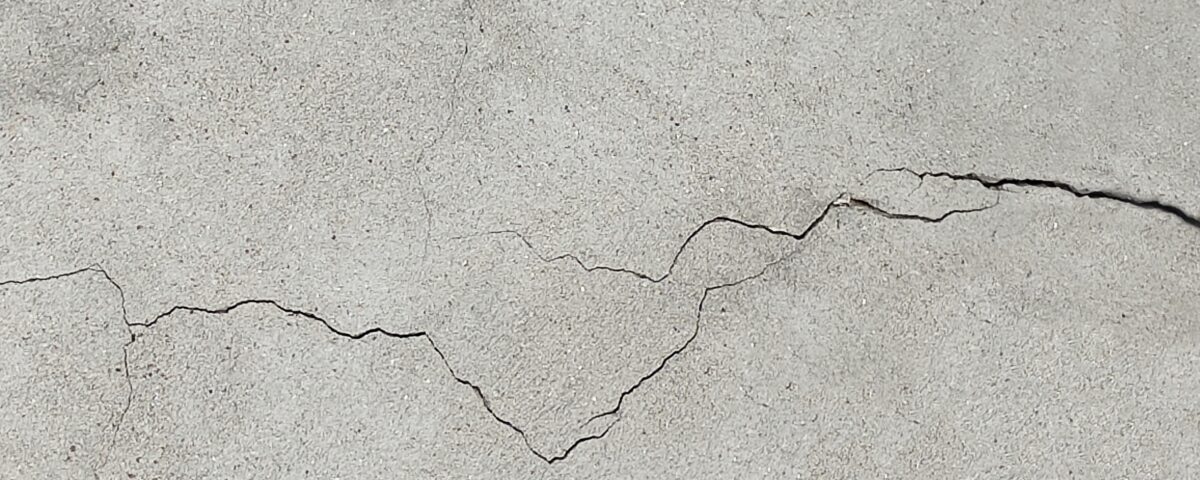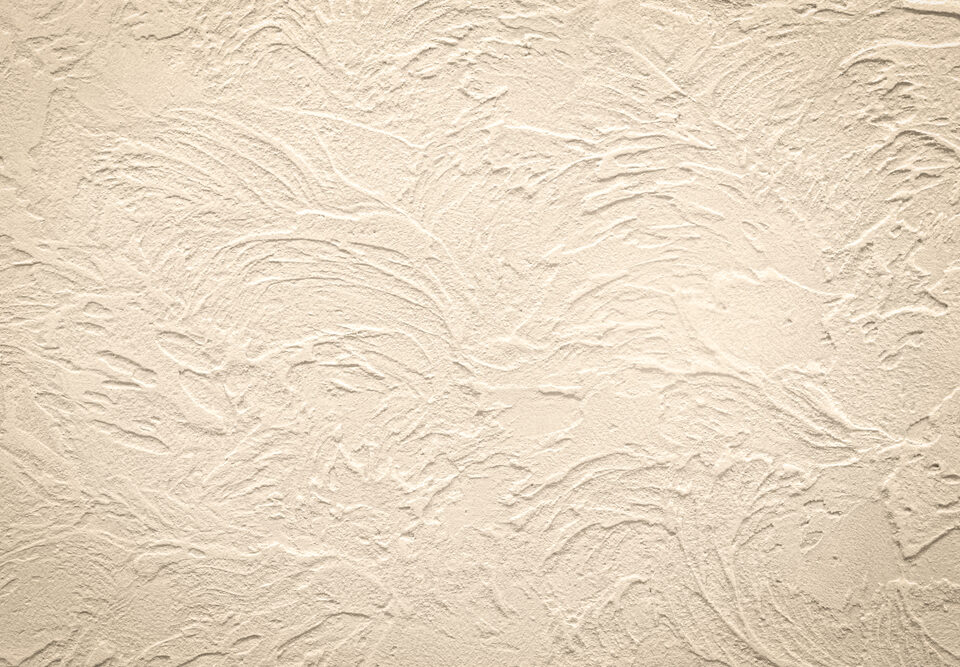How to Tell If Your Stucco Needs Repair

Why Stucco is the Perfect Choice for Florida Homes
April 16, 2025
Choosing the Right Stucco Finish for Your Home: Smooth, Knockdown, Skip- Trowel?
May 27, 2025Your stucco is out there, day after day, taking punches from the sun, rain, wind, and maybe the occasional rogue soccer ball.
It looks tough, it feels tough. But even the strongest exteriors have their breaking points.
If you think stucco is invincible, it’s not.
Ignoring little warning signs could leave you facing big repairs down the road, the kind that make your wallet break into a cold sweat.
Let’s get you clued in before a small fix turns into a full-blown renovation adventure you didn’t ask for.
Cracks: Not Just a Cosmetic Thing
One little hairline crack might seem harmless. You might even tell yourself it gives your house a little “character,” like laugh lines on a face.
But when stucco starts cracking, it’s often the first whisper of bigger problems brewing underneath.
Walk around your house and actually look at the walls. If you spot cracks longer than a few inches or wider than a credit card edge, you’ve got a red flag waving right in front of you.
Cracks open the door for water, and once water gets involved, stucco starts losing the battle fast.
At United Plastering FL, we know that catching cracks early can save you thousands. If you’re not sure whether what you’re seeing is “normal,” we’re happy to take a look.
Discoloration: Your Stucco’s Way of Crying for Help
Stucco doesn’t change colors just because it feels like it. If you’re seeing odd stains, dark patches, or weird splotchy areas, your walls are trying to get your attention.
Water stains usually show up around windows, doors, or at the bottom edges.
Pay attention to any area that looks darker after rain and stays darker way too long. Stucco should dry out pretty quickly once the sun comes back out.
Lingering moisture can lead to hidden damage behind the surface, the kind you can’t see until the entire wall starts acting like a wet sponge.
Spotting discoloration early means you might just need a localized repair, not a full teardown. Don’t ignore the color shift!
Bulging or Hollow Areas: When Stucco Starts to Let Go
Go ahead, give your walls a little tap (gently! you’re testing, not starting a fight).
If you find any spots that sound hollow, or seem like they’re bulging outward even a little, bad news, something’s happening underneath.
Bulges and hollow areas usually mean moisture has gotten behind the stucco and started messing with the materials underneath. If the walls are wood-framed, you could be looking at mold, wood rot, or even structural damage down the line and nobody wants their siding to feel like a damp mattress.
If you find a suspicious spot, don’t just slap some paint over it and hope for the best.
You’re better off digging deeper now than pretending everything’s fine until the entire wall crumbles in protest.
Efflorescence: Sounds Fancy, Looks Terrible
If you see white, chalky streaks or fluffy patches growing on your stucco like it’s trying to cosplay as a salt mine, that’s called efflorescence.
It happens when water moves through the stucco, carrying minerals to the surface and leaving deposits behind when it evaporates.
A little scrubbing can remove the marks, but don’t stop there.
Find out where the moisture is coming from and fix it before you’re scrubbing way bigger problems later.
Efflorescence isn’t just ugly; it’s your house flashing a warning light that moisture is getting too comfortable inside your walls.
Insect or Pest Infestation: Unwanted Guests Are Sneaking In
Stucco might look like a tough barrier, but tiny critters can find their way in through cracks and gaps you might not even notice. Termites, ants, and other pests love to make a home inside those hidden crevices. If you start seeing ants marching along your walls or notice small piles of sawdust near the base, it’s not just annoying, it’s a sign that pests could be damaging the structure beneath your stucco.
Don’t let these unwanted guests turn your sturdy walls into their playground. Catching an infestation early can save you from costly repairs down the road.
Stucco Crumbling or Powdering: When Walls Start to Break Down
If your stucco feels like it’s turning to dust or flakes off when you touch it, your walls are sending a serious SOS. This crumbling or powdering usually means water has gotten inside and started breaking down the material. It’s more than just a little wear and tear; this is your stucco losing its strength and its ability to protect your home. If you notice chunks falling off or a dusty residue around your walls, don’t wait around hoping it’ll stop.
The sooner you address this, the better chance you have of preventing more expensive damage and keeping your home safe and dry.
Strange Smells: Your Nose Knows
It sounds weird, but sometimes you can smell stucco problems before you see them.
If you notice a musty, damp odor hanging around near your exterior walls, especially after a storm, it’s time to be suspicious of hidden moisture or mold.
You might not see it right away, but your nose will pick up the signal.
That weird smell could be your first and only warning before things get seriously messy inside the walls.
Trust your senses.
It’s always better to investigate early than deal with mold remediation later.
When in Doubt, Call in the Pros
You can spot a lot on your own just by being curious and observant.
But if anything looks suspicious like major cracks, bulging areas, persistent discoloration, don’t just cross your fingers and hope it fixes itself.
It won’t.
Professional stucco inspectors know where to tap, where to probe, and how to find damage you’ll never catch with a casual walkaround.
A second opinion from experts like United Plastering FL could save you thousands by catching trouble early.
We offer thorough inspections and honest advice, so you’re never guessing about the real health of your home’s exterior.
Wrap It Up Before Things Go Wrong
Stucco might look tough, but it’s not bulletproof.
If you stay ahead of the warning signs, you can keep your house looking solid and beautiful without jumping into a full-scale repair emergency.
Grab your morning coffee, take a slow lap around the house, and actually examine your siding for a change.
A few minutes today could save you a massive headache (and a big repair bill) tomorrow.
And if you spot anything that makes you wonder? Contact United Plastering FL, we’re ready to help you stay ahead of the storm.
United Plastering in Florida
Specializing in interior and exterior finishes including: Stucco, hardcoat, drywall, plaster, cornice, metal framing, and decorative work. Contact us today for a free consultation.



